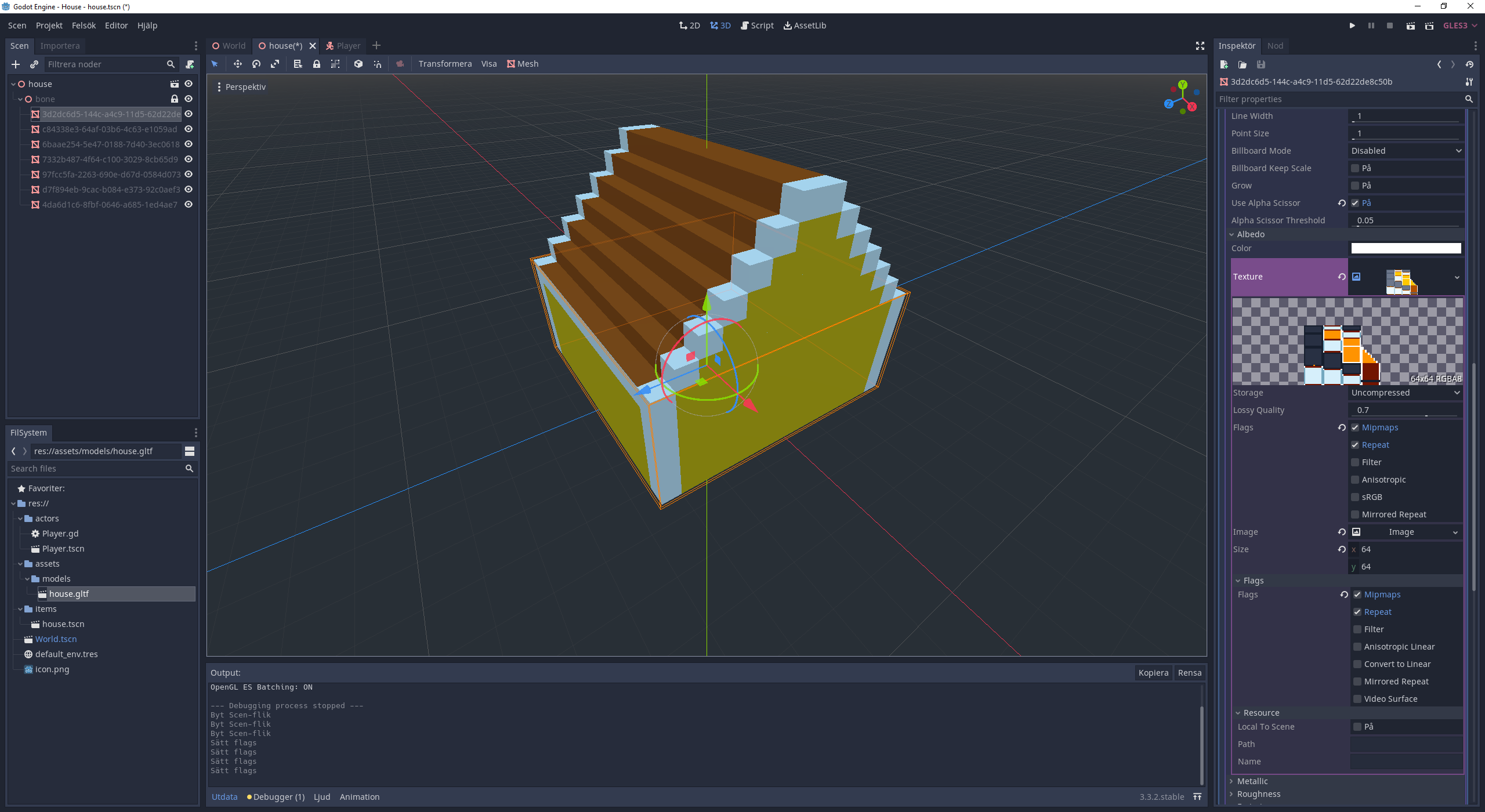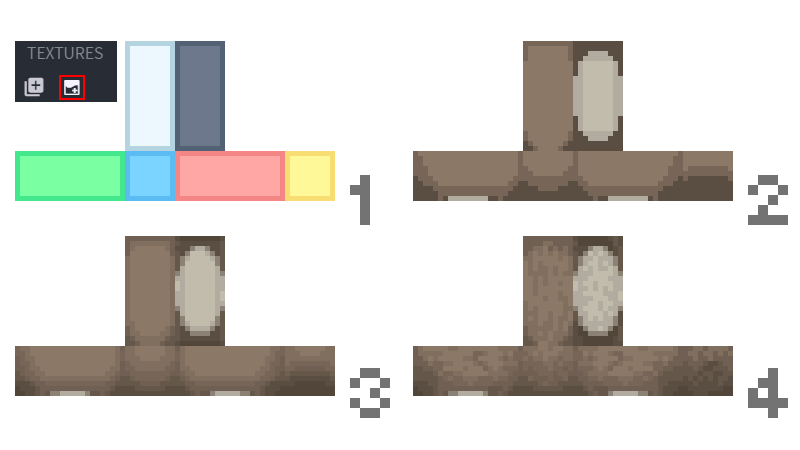

The cookie is used to store the user consent for the cookies in the category "Performance". This cookie is set by GDPR Cookie Consent plugin. The cookie is used to store the user consent for the cookies in the category "Other. The cookies is used to store the user consent for the cookies in the category "Necessary". The cookie is set by GDPR cookie consent to record the user consent for the cookies in the category "Functional". The cookie is used to store the user consent for the cookies in the category "Analytics". The cookie is set by GDPR cookie consent to record the user consent for the cookies in the category "Advertisement". Tracks if you've given or rejected consent. These cookies ensure basic functionalities and security features of the website, anonymously.

Necessary cookies are absolutely essential for the website to function properly. Place it in the middle of the bone’s join (point of attachment).Set the pivot point manually using the Pivot Tool.The center of rotation is often not supposed to be at the center of geometry.Placing the pivot point in a random spot is bad practice that can lead to issues with animation and later edits.Round shapes can also contain jaggies if the curve is not smooth (either depicted as a corner or as an almost straight, often inconsistent, line).Ī pivot point is the center of rotation of the bone.Straight lines need to have a consistent step, so that they wouldn’t look unpolished (this has to do with the basic geometric properties of diagonals).To avoid jaggies, you must depict shapes carefully, with this restriction in mind.Jaggies are shapes (unintentional corners) in pixel art that appear due to the lack of anti-aliasing.
#BLOCKBENCH ONLY USES TOP TEXTURE DOWNLOAD#
If you wish to download pre-made palettes a great place to do that is Lospec.


 0 kommentar(er)
0 kommentar(er)
